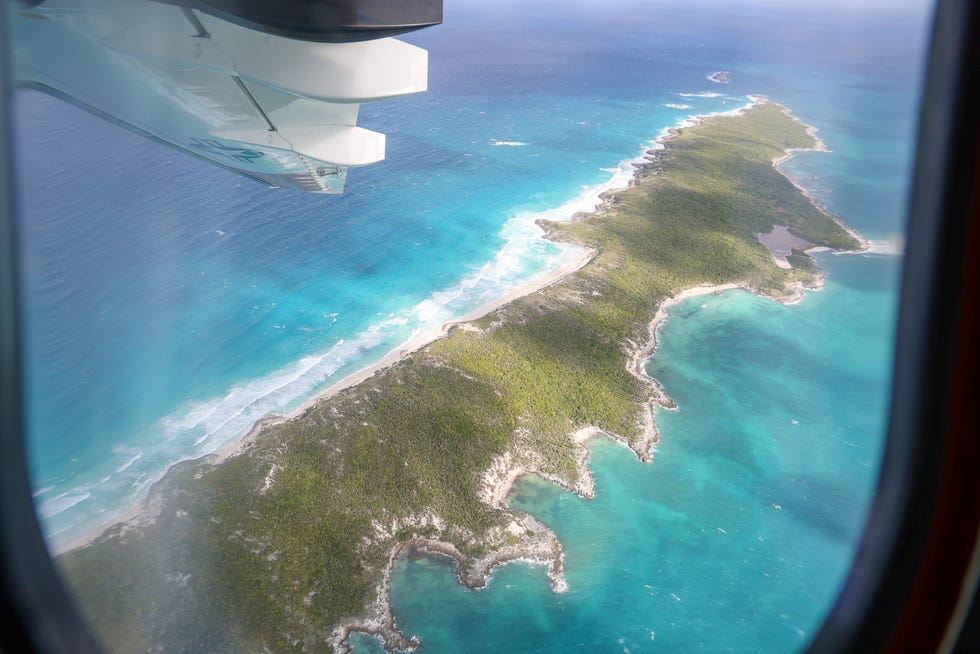ABOVE THE FLORIDA STRAITS — The twin-prop Coast Guard plane banked hard left, circling about 1,500 feet above the uninhabited Anguilla Cays, a small group of scrub-covered islands.
The buzz of the propellers sent at least a dozen people below scattering into the underbrush, leaving a rickety, apparently disabled open boat lying on a beach.
This sliver of an island sits about 45 miles north of Cuba. The Florida Keys are still further north.
Their vessel below looked like so many others that have dared to cross these blue depths, hoping to make it from Cuba or Haiti to U.S. shores.

The trip is perilous in the best conditions, but on this recent day, gale-warning weather has whipped the sea into a white-capped fury.
Lt. Spencer Zwenger, a 30-year-old Coast Guard pilot, peered out his window. The crew’s headsets crackled: “We’ve got a group of people.”
The flight crew’s first order of business: Figuring out if the people on the island were injured or needed the Coast Guard crew to drop food and water.
This weekend patrol in January came amid a recent spike in migrants fleeing political and economic crises in Cuba and Haiti by crossing the dangerous Florida Straits, many in overloaded, homemade open boats — some made of scrap wood, styrofoam and rusty car motors.
Nearly 5,200 Cuban migrants were interdicted at sea since Oct. 1 – compared with more than 6,100 Cubans intercepted during the entire last fiscal year, and 838 in the…



























































